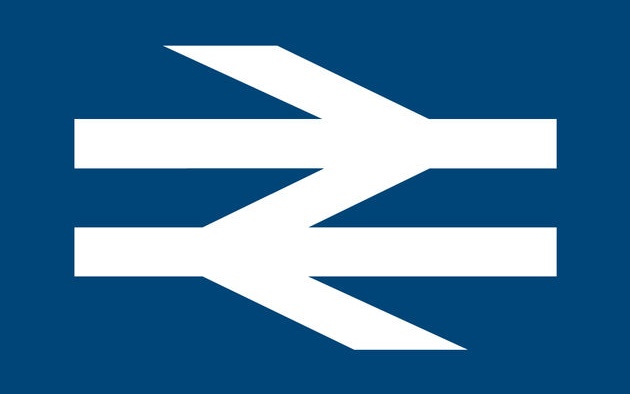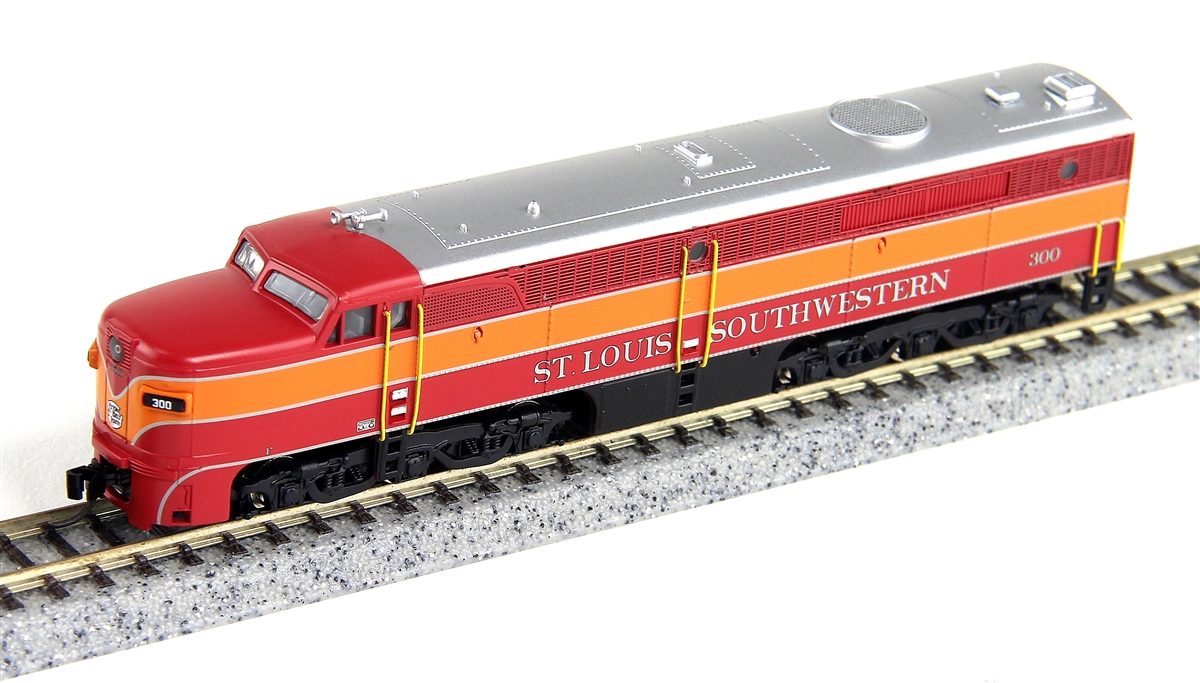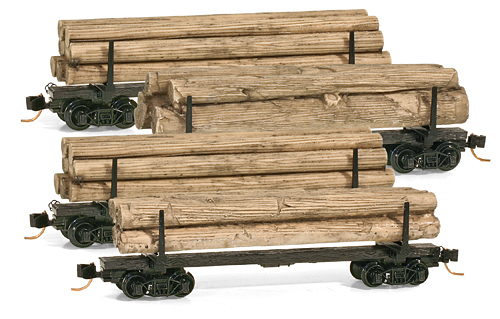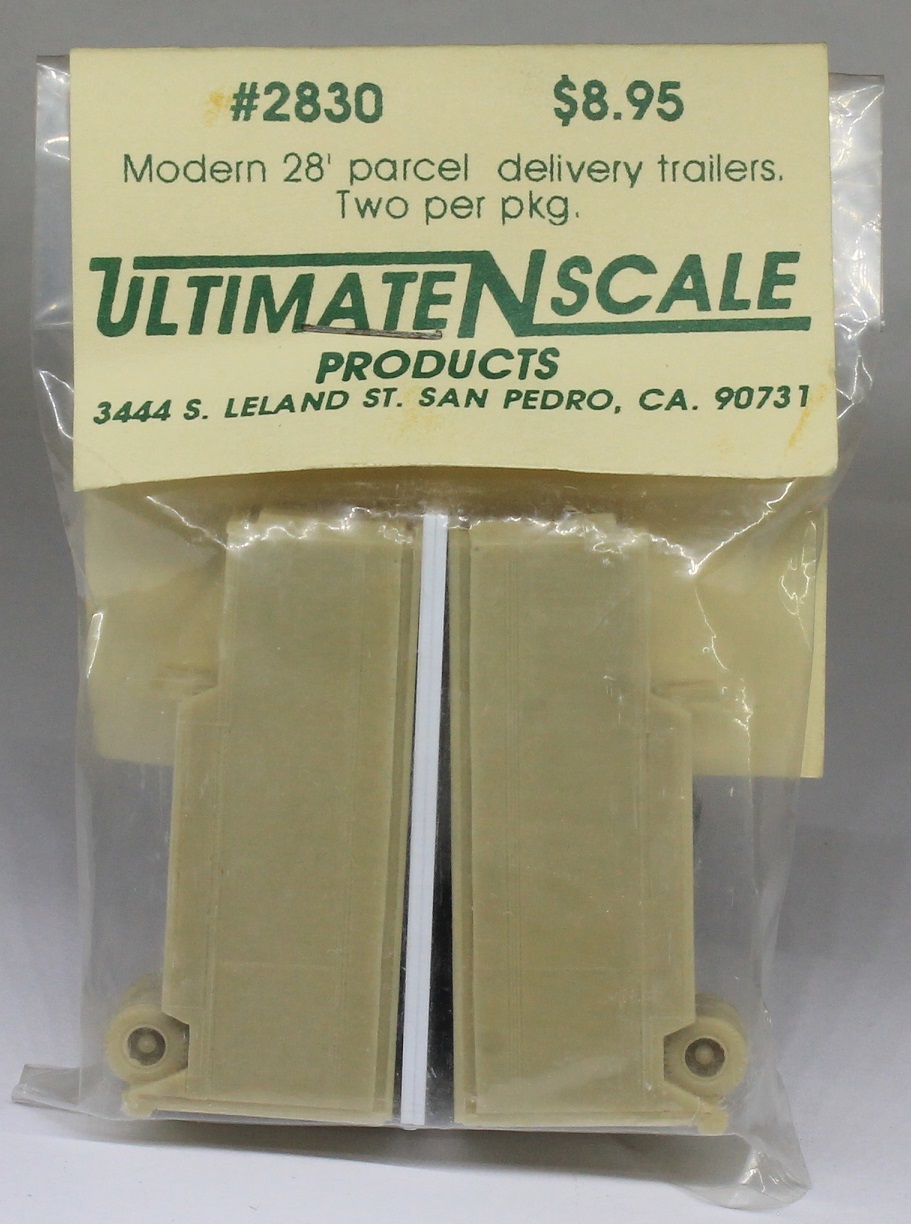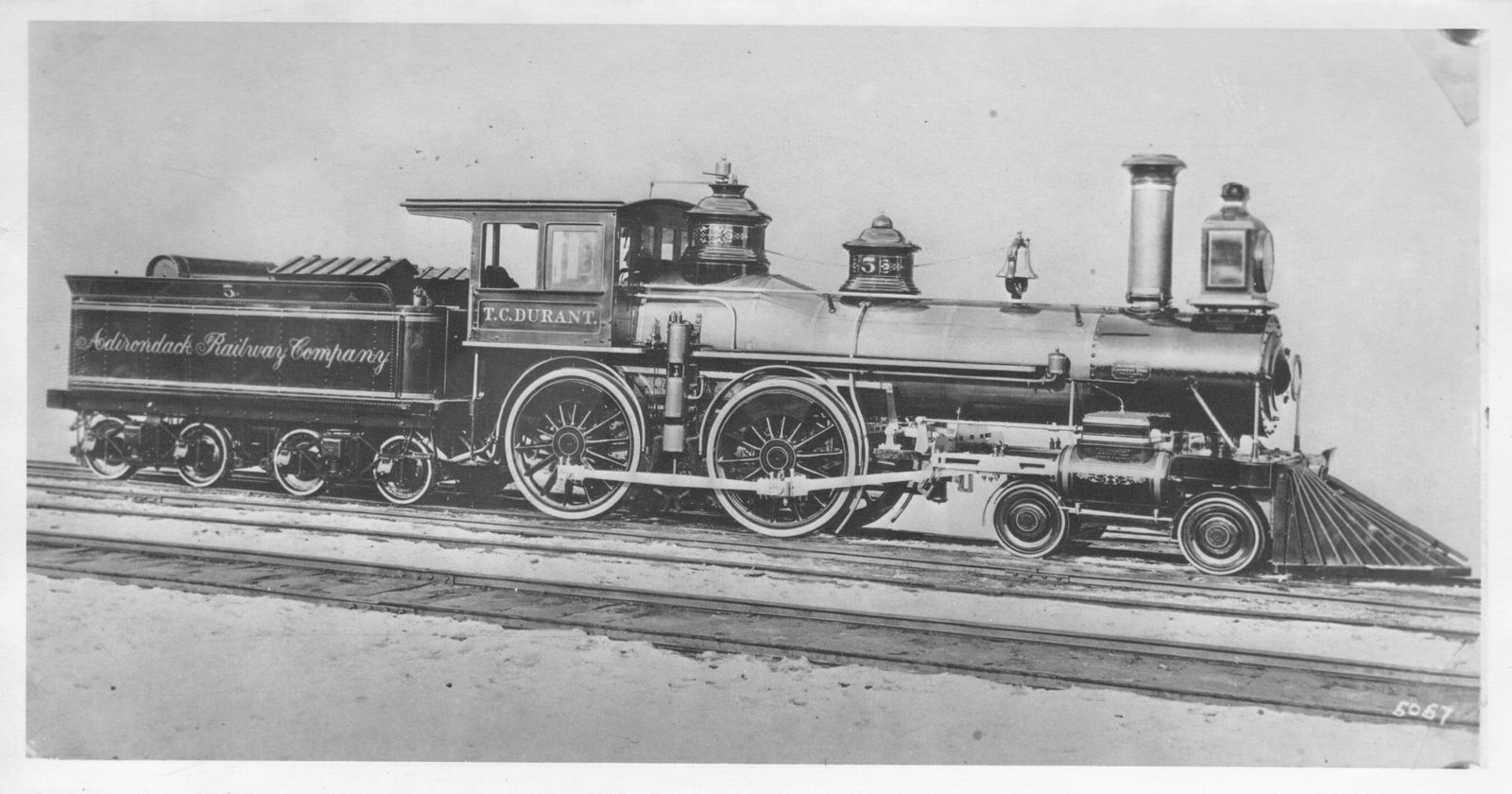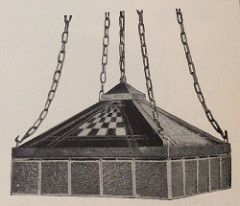Lone Star - EL.70 - Passenger Car, British Rail, Mark 1 Coach - British Rail - M 16001
| Stock Number | EL.70 |
| Secondary Stock Number | 77 |
| Brand | Lone Star |
| Manufacturer | Lone Star |
| Body Style | Lone Star Passenger BR Mk1 CK |
| Prototype Vehicle | Passenger Car, British Rail, Mark 1 Coach (Details) |
| Road or Company Name | British Rail (Details) |
| Road or Reporting Number | M 16001 |
| Paint Color(s) | Crimson |
| Print Color(s) | White |
| Paint Scheme | BR Crimson |
| Coupler Type | Other |
| Coupler Mount | Truck-Mount |
| Wheel Type | Nickel-Silver Plated Metal |
| Wheel Profile | Deep Flange |
| Release Date | 1960-01-01 |
| Item Category | Passenger Cars |
| Model Type | British |
| Model Subtype | Mark 1 coach |
| Model Variety | Composite Corridor (CK) |
| Prototype Region | Europe |
| Prototype Era | UK Era 4: BR Early crest (1948-1956) |
| Years Produced | 1951-1963 |
| Scale | 1/152 |
Prototype History:
British Railways Mark 1 was the family designation for the first standardised designs of railway carriages built by British Railways. Following nationalisation in 1948, BR had continued to build carriages to the designs of the "Big Four" companies (the Great Western, Southern, London Midland and Scottish and London and North Eastern railways), and the Mark 1 was intended to be the standard carriage design for use across all lines, incorporating the best features of each of the former companies' designs. It was also designed to be much stronger than previous designs, to provide better protection for passengers in the event of a collision or derailment.
The Mk 1 coaches were built in two distinct tranches: the early vehicles (1951–60) and the 'Commonwealth' stock (named from the type of bogie used) from 1961 onwards.
They have been painted in a large variety of liveries and very produced in various types: First, Second or Composite, Coach, Brake/Coach, Restaurant, etc.
The Mk 1 coaches have been in operation until 2005.
From Wikipedia
The Mk 1 coaches were built in two distinct tranches: the early vehicles (1951–60) and the 'Commonwealth' stock (named from the type of bogie used) from 1961 onwards.
They have been painted in a large variety of liveries and very produced in various types: First, Second or Composite, Coach, Brake/Coach, Restaurant, etc.
The Mk 1 coaches have been in operation until 2005.
From Wikipedia
Road Name History:
British Railways (BR), which from 1965 traded as British Rail, was the state-owned company that operated most of the overground rail transport in Great Britain between 1948 and 1997. It was formed from the nationalisation of the "Big Four" British railway companies and lasted until the gradual privatisation of British Rail, in stages between 1994 and 1997. Originally a trading brand of the Railway Executive of the British Transport Commission, it became an independent statutory corporation in 1962 designated as the British Railways Board.
British Rail designed and manufactured rolling stock from 1948 to 1989, at which time its subsidiary British Rail Engineering Limited (BREL) was privatised.
1997 marked the end of the privatization effort in which the last assets of British Rail were sold to 31 regional freight and passenger operators as well as Railtrack (which was later brought under public control as Network Rail), which was given the track and infrastructure.
Read more on Wikipedia.
British Rail designed and manufactured rolling stock from 1948 to 1989, at which time its subsidiary British Rail Engineering Limited (BREL) was privatised.
1997 marked the end of the privatization effort in which the last assets of British Rail were sold to 31 regional freight and passenger operators as well as Railtrack (which was later brought under public control as Network Rail), which was given the track and infrastructure.
Read more on Wikipedia.
Brand/Importer Information:
Lone Star was founded by Aubrey Robert Mills and Sidney James Ambridge in 1939 as the toy division of Die Casting Machine Tools Ltd. (DCMT) of London. DCMT was manufacturing diecasting machines and equipment. DCMT had made some toy cars for Crescent, and diecast toy cap-firing guns, which DCMT supplied under the "Lone Star" brand. "Lone Star" was a name that conjured up images of the Wild West, and while it was a reference to the Texas state flag (with its single star), the name also reminded children of the star-shaped Sheriff's badge that was often a key part of a cowboy costume.
Lone Star Locos appeared in the late 1950s as a range of fairly basic 000-scale diecast miniature trains and track, and were joined in the 1960s by the comparatively short-lived "Treble-O-Lectric" range of "proper" motorised 000-scale electric train sets. The motorised range was discontinued circa 1965. DCMT ceased its operation circa 1988.
The Lone Star Treble-O (triple O) rolling stock was scaled to 2mm to the foot (1:152) and track's gauge was 9mm.
Lone Star paved the way to the N scale model trains that would be soon after introduced by Arnold Rapido.
Read more on Irwin's Journal and on The Brighton Toy and Model Index.
Lone Star Locos appeared in the late 1950s as a range of fairly basic 000-scale diecast miniature trains and track, and were joined in the 1960s by the comparatively short-lived "Treble-O-Lectric" range of "proper" motorised 000-scale electric train sets. The motorised range was discontinued circa 1965. DCMT ceased its operation circa 1988.
The Lone Star Treble-O (triple O) rolling stock was scaled to 2mm to the foot (1:152) and track's gauge was 9mm.
Lone Star paved the way to the N scale model trains that would be soon after introduced by Arnold Rapido.
Read more on Irwin's Journal and on The Brighton Toy and Model Index.
Item created by: Alain LM
on 2018-09-22 11:54:15
Last edited by: Alain LM on 2020-11-01 09:56:25
If you see errors or missing data in this entry, please feel free to log in and edit it. Anyone with a Gmail account can log in instantly.
Last edited by: Alain LM on 2020-11-01 09:56:25
If you see errors or missing data in this entry, please feel free to log in and edit it. Anyone with a Gmail account can log in instantly.




